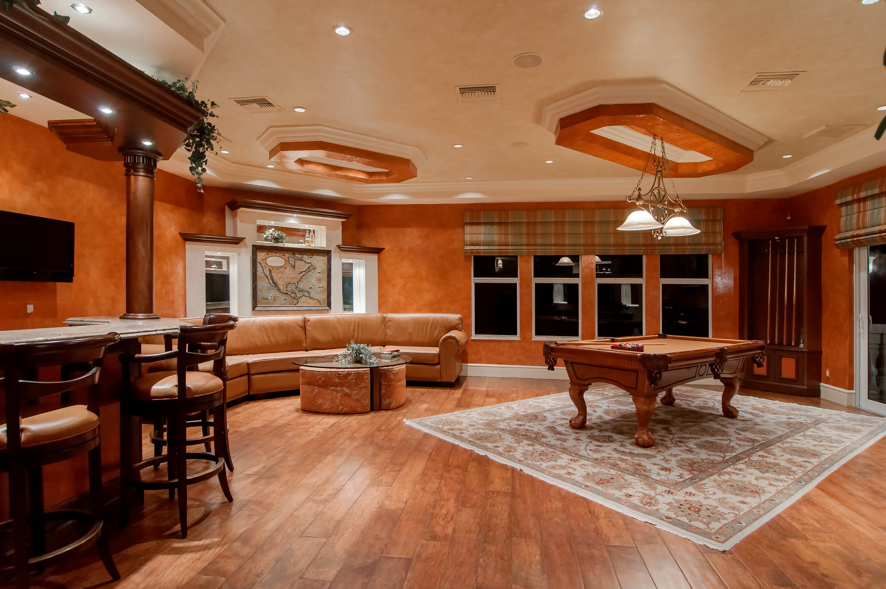Photo by Jolene Hardy on Unsplash
Who doesn’t want to look at hardwood floor? It’s classic, versatile, and naturally beautiful. However, as perfect as hardwood seems, it does not always suit every situation. For instance, you need a durable flooring that can handle moisture in the laundry room or the bathroom, then you’ll need a hardwood alternative.
Then again, that does not suggest you cannot achieve the look of a real hardwood. These days, flooring manufacturers are producing a wide variety of products that resemble real hardwood. You can’t even tell the difference at first look.
Here are three hardwood alternatives we know:
1. Vinyl Planks
Nowadays, vinyl flooring comes in different forms and sizes. While some come in tiles form, others are in sheets. However, among all vinyl varieties, the vinyl planks are the closest to wood floors. Vinyl planks are generally designed to mimic hardwood, from their texture to their edges.
There are many reasons why you should choose vinyl planks as an alternative to hardwood. First, they are very durable. Second, they require low maintenance. Finally, they are budget-friendly. With proper installation and care, they can withstand the test of time.
Unlike other hardwood alternatives, vinyl planks are quieter and easier on the feet. The only disadvantage of using them is that they contain volatile organic compounds, which may be considered a threat to the health of the family members.
2. Wood-Look Porcelain Tiles
One of the newest trends in the flooring industry is the so-called wood-look porcelain tile. With its realistic pattern, texture, and grain, it’s hard to tell its difference from a hardwood.
Like vinyl planks, wood-look porcelain tiles are extremely versatile. They do not have any problems with high-moisture environments. They are also easy to clean and requires low upkeep. If any damage occurs, the cost of repair is not that high. In fact, you need not redo the whole flooring to replace a single tile.
If you already saw a tile floor before, then you probably are aware of its disadvantage. Tiles are cold to the feet and are made of rigid materials. That means they may not be easy on the feet. To disregard the disadvantage of tiles, many property owners will install under-floor heating to keep the floor warm the whole day.
3. Laminate Wood Flooring
For years now, laminate wood flooring has been widely used in houses and industries. Of course, there’s a good reason why. Not only does it come in different colors and patterns. It’s also very affordable and easy to install.
Unlike traditional hardwood flooring, laminate wood floors are also water-resistant, making them a great choice for laundry rooms and kitchens.
Take note, though. Not all laminate wood floors are created equal. Since they were first introduced in the year 1970, more and more manufacturers are trying to replicate them, producing lower quality ones at cheaper prices. Before you buy a laminate wood flooring, make sure you check if it meets the quality standards.
But still, if you want to use real hardwood, then you can. Do not hesitate to ask your supplier for advice on how to properly install it and how to ensure it will last, especially if you use it in a moist area.





